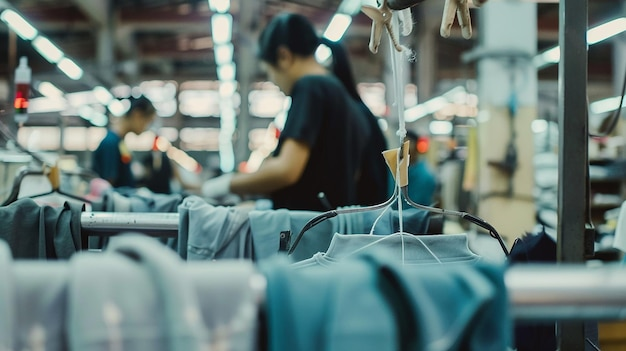
In the contemporary world of fashion, legal and workplace safety requirements have implications that reach far beyond ethics. They affect your image, clients' trust, as well as the affiliations with other businesses.
That’s why, in this article, we’ll provide insight into laws and regulations in the fashion industry. Whether you are a manager in charge of bulk production or are supervising small-scale production, it will enable you to maintain consistent quality, which helps in brand building.
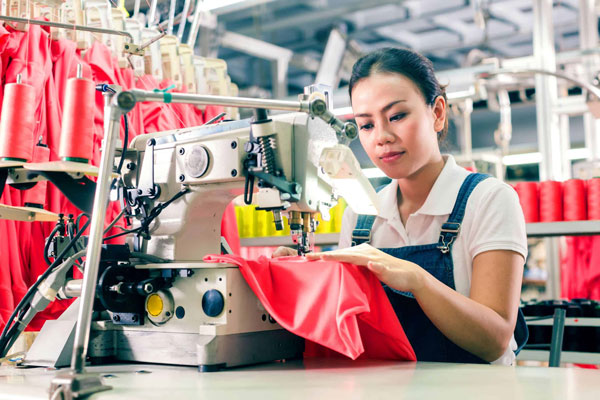
Fashion factories are active workplaces that have people literally working around the clock to manufacture clothes for consumers. So, let’s have a look at the risks involved in fashion workplaces to understand why safety standards matter!
Dangerous Machines: The high-speed operation of tools such as steam presses, fabric cutters, and sewing machines poses a dangerous risk to employees’ health. As you might know, steam presses can be very damaging if not used properly. Thus, ensuring them with simple operating rules is imperative.
Harmful Chemicals: Furthermore, a great number of dangerous substances are utilised in the production process. If your workers don't stay cautious, then there is the risk of sores forming along with lung damage.
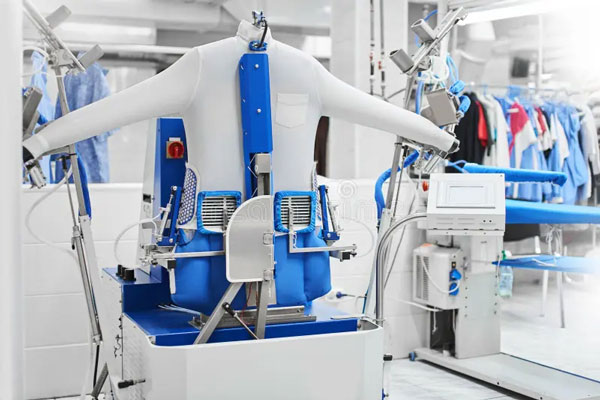
Prolonged Working time: Furthermore, the absence of intervals during work sessions contributes to fatigue. When individuals start feeling fatigued and lethargic, it becomes increasingly challenging to mobilise the mental effort needed to perform even basic functions, which results in accidents and loss of productivity.
Hazards for Vulnerable Workers: Furthermore, women, foreigners, and teens often tend to miss out on getting equipment or decent safety training guidelines. Thus, putting them in greater danger without knowing their exposure level.
Policies to protect health and safety in textiles have been implemented by both global bodies and local governments. Such laws intend to help prevent physical injuries to workers, improve occupational cleanliness, and maintain ordered control along and within the entire supply chain.
i) Global Initiatives
The International Labour Organisation (ILO) at the international level advocates for social labour rights through its several conventions. Let’s explore its conventions!
· Conventions 87 & 98 assure the rights of employees to establish unions and engage in collective bargaining towards better conditions at work.
· Convention No. 155 deals with occupational safety and health, encouraging employers to avert negligence towards risks.
· Convention 182 is directed towards the elimination of harmful child labour.
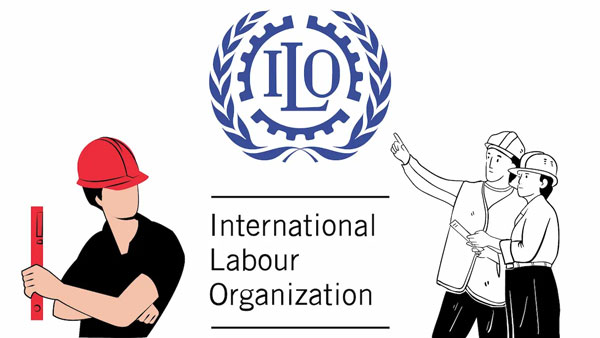
UN Guiding Principles
Apart from the ILO, the UN Guiding Principles on Business and Human Rights claim that businesses have responsibilities not only to respect rights of humans but also to reduce risks of harm within their corporate ecosystems.”
ii) Country-Specific Laws
Moreover, every national government puts the global standards into local and relevant policies. For example,
· The Bangladesh Labour Act covers worker safety, provision of exits for emergencies, and working hours limitations.
· The Factories Act in India also covers adequate ventilation and lighting as well as safeguarding relevant machinery.
· China’s Work Safety Law is focused on training employees on risk prevention and emergencies.
· Vietnam’s Labour Code mandates workplaces that provide break time, safe rest areas, donning of PPE (personal protective equipment), protective equipment during pauses, along with a safe working atmosphere.
However, there are differences between regions at the factory level when it comes to the enforcement of the rules set out above.
· Tier 1 factories that have direct dealings with international brands usually tend to comply with audits, along with rules set by the industry.
·While subcontracting, Tier 2 and Tier 3 factories operate under minimal oversight and scrutiny.
Apparel businesses can be aligned to operate within international regulations alongside country-specific legislations. They aimed at ensuring ethical breaches do not take place, thereby turning factories safer across various levels of operations.
Factory inspections and adherence to safety regulations are done in an orderly way. A good breakdown of processes for attending to safety ensures that incidents, illnesses, and downtimes are greatly reduced. Let’s go on to have a look at textile safety rules!
i) Workplace Safety Standards
Basic safety begins with an appropriate layout of the factory. For instance;
It should include crucial components like working fire doors, proper buildings, spatial soundness, clean air flow mechanisms and working plus other tools necessary for the removal of dust and combined smoke.
Also, rotating machinery should be in working condition with guards that offer protective cover against mechanical injuries.
Moreover, according to OSHA, employees should wear PPE gloves, masks, ear shells, and head caps to match their duties with proper risk exposure.
Similarly, chemicals must be stored properly. For instncar; hazardous chemicals must have pertinent sign brackets placed while being isolated from common setup where they wouldn’t need special handling.
In addition, standard emergency response safeguards such as routine safety drills, first aid availability, and clear emergency plans bolster workplace safety.
Compliance Certifications
Many companies get third-party certifications as proof of commitment to safety and compliance:
· WRAP (Worldwide Responsible Accredited Production) reviews legal compliance, worker care, and ethics.
· SA8000 (Social Accountability International) deals with health, safety, and fair remuneration.
· The Fair Wear Foundation engages brands for improvement on safety and worker rights in high risk areas.
Improved certification aids seamless intercompany communication reinforcing alignment on goals relating to workplace safety.
ii) Environmental Compliance
In addition to workplace safety, the fashion industry must also comply rules for protection of environment. This is because it deals with several different operations involving different chemical processes.
Some processes such as dyeing and material treatment requires the usage of substances that can potentially harm human beings as well as nature. To alleviate these problems, there has been the introduction of cleaner production laws on an international and domestic level to softer and less harmful production in the fashion industry.
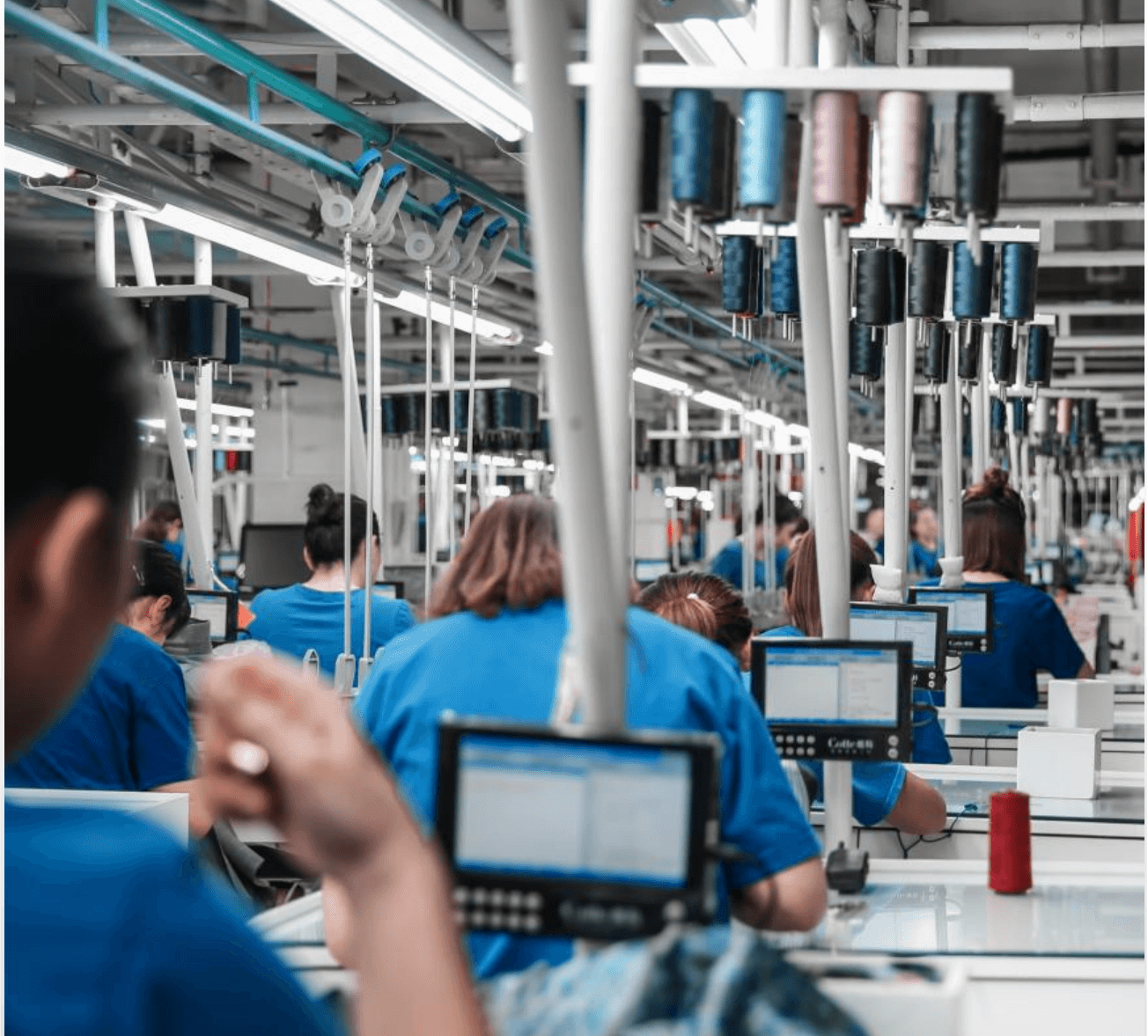
a) Textile Waste: The increased use of dies such as polyester has led to greater environmental pollution. These synthetic polymers, once dumped in landfills can last for hundreds of years which is extremely detrimental to the environment.
Law enforcements have forces these fashion industries to form recycling policies to cater them which is along the lines of circular economies where waste can be reused instead of thrown away.
b) Chemical Use: Hazardous chemicals are commonly used within textile industries, particularly azo dyes due to their carcinogenic tendencies. Furthermore, added presetments like formaldehyde wrinkles clothes but acts as an irritant and are suspected cancer causing chemical.
That’s why environmental regulations like ZDHC or reach (EU) try their best to remove any banable substances. It increases scales for plant based and biodegradable finishes becoming the preferred choice amongst most manufacturers .
c) Sustainability Claims: Claims such as “eco-friendly” and “non-toxic” are now more carefully scrutinized. To avoid greenwashing, these claims must be backed by scientific evidence.
For instance, cotton, which is labeled organic, must satisfy certification requirements such as GOTS. It ensures that the fibers have not been exposed to harmful chemicals or synthetic pesticides.
d) Carbon Footprint: In addition, producing clothing consumes a tremendous amount of fossil fuels that emit CO2. You know CO2 is a greenhouse gas that accelerates climate change. Companies are required to measure and document their emissions in several countries now.
Some countries use carbon taxes while others use cap-and-trade systems, incentivizing factories to invest in energy-efficient or renewable energy equipment.
e) Water Usage: Moreover, the dyeing process releases salts and water-soluble dyes which pollute rivers, resulting in the death of aquatic life due to low oxygen levels. This form of pollution can be mitigated with regulations that ensure pre-treatment such as neutralization, filtration, and oxidation before releasing water into the environment.
f) Ethical Sourcing: Lastly, the raw materials used must also adhere to safety and transparency standards for ethical sourcing. Synthetic fibers can have monomers derived from petroleum, while natural ones like cotton need to be sourced from farms that utilize responsible chemicals.
Brands can now prove the chemical safety and environmental responsibility of their materials thanks to digital traceability tools. If you’re looking for a custom apparel manufacturer that sticks to above mentioned compliances, then Kutetailor is the best option. We provide different apparel products, made to measure men's suits.
In a nutshell, if you are running fashion business, thne ensuring workplace safety must be your top priority. Thus, a lack of safety features on a factory floor can result in physical injuries and workplace accidents, like fires. For businesses, this could mean factory shutdowns, incurring legal costs, or losing trust from customers.
That’s why; many rules and regulations have been set in place, which we have discussed throughout the article. At KuteTailor- a custom clothing manufacturer, we know that the fashion for modern businesses relies on sustainable production. So, you can trust us to comply with certified eco manufacturing standards and international environmental regulations regarding your brand’s trust reputation globally.